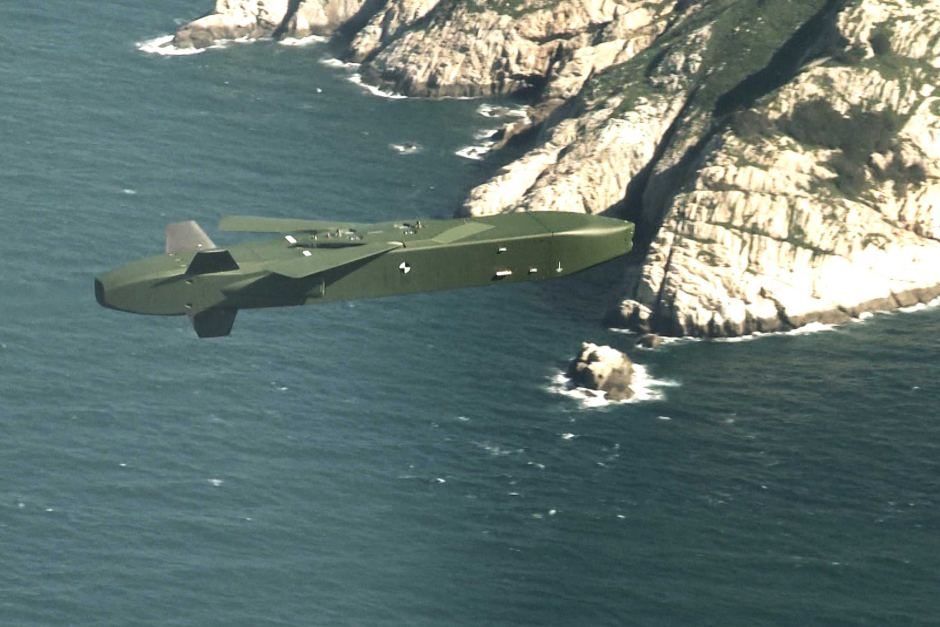OF THE
TIMES
History will have to record that the greatest tragedy of this period of social transition was not the strident clamor of the bad people, but the appalling silence of the good people.
Good for China, because there are nothing but morons running this country: [Link]
My daughter's computer-programmer partner was being constantly head-hunted, jumping from job to job nearly every year at ever-higher rates of pay...
Bush's No Child Left Behind and Obama's Race to the Top/Common Core were actually the federalist takeover of education: states receive money by...
God, I'm glad to be out of that insanity! The problem is, I want the kids to be out of it as well. The Common Core math curriculum moves too fast....
Quote: "More people are falling out of the middle class every day, and at this point there are tens of millions of Americans that are either...
To submit an article for publication, see our Submission Guidelines
Reader comments do not necessarily reflect the views of the volunteers, editors, and directors of SOTT.net or the Quantum Future Group.
Some icons on this site were created by: Afterglow, Aha-Soft, AntialiasFactory, artdesigner.lv, Artura, DailyOverview, Everaldo, GraphicsFuel, IconFactory, Iconka, IconShock, Icons-Land, i-love-icons, KDE-look.org, Klukeart, mugenb16, Map Icons Collection, PetshopBoxStudio, VisualPharm, wbeiruti, WebIconset
Powered by PikaJS 🐁 and In·Site
Original content © 2002-2024 by Sott.net/Signs of the Times. See: FAIR USE NOTICE

Reader Comments
to our Newsletter